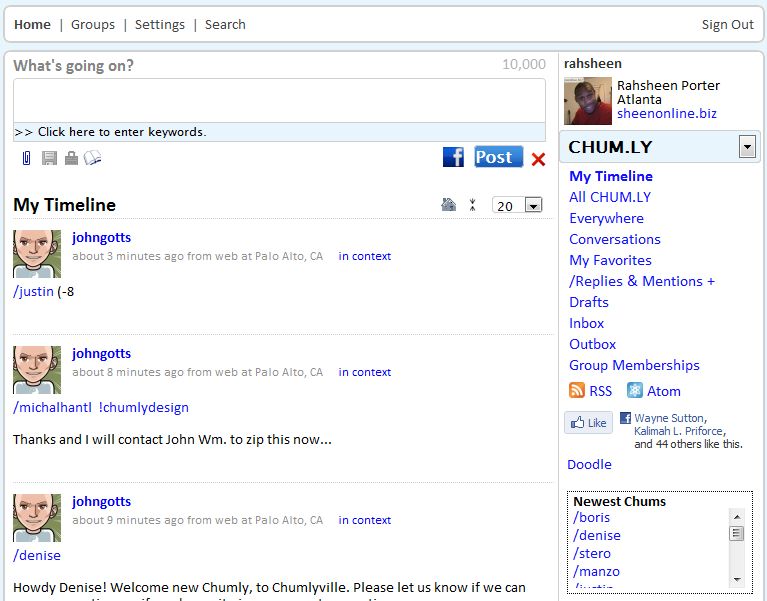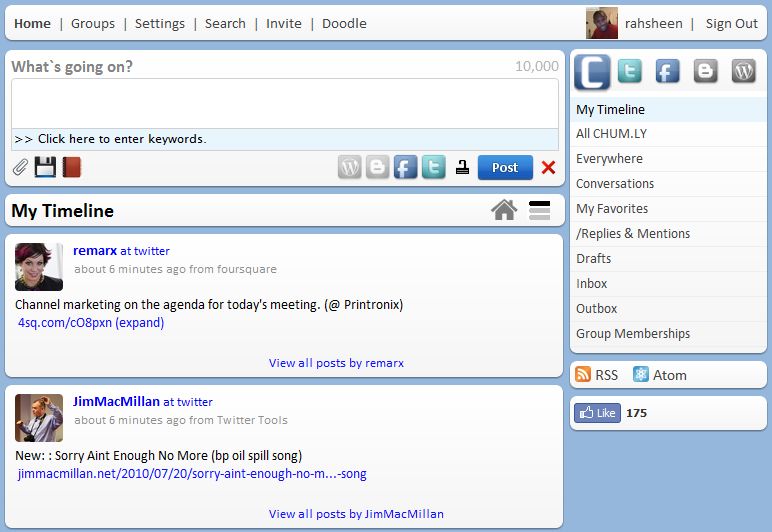According to a recent Neilsen study, Android sales are rising past the iPhone; 27 percent of U.S. smartphone sales are attributed to Google’s Android, with 23 percent going to Apple’s iPhone. While these numbers show only U.S. sales, Canalys estimates that Android smart phone sales grew 886 percent worldwide during the second quarter of this year. We must also keep in mind that the Nielsen numbers only account for one week of iPhone 4 sales.
It’s all comes down to numbers. While Apple releases a new iPhone every year on one carrier, Android seems to have multiple handsets coming out on every carrier on a monthly basis. Customers thinking about getting an iPhone most likely have to make the harder choice of switching carriers. Those looking for an Android phone simply have to choose one from their current carrier.
Android still has some work to do, though. 71 percent of Android users say their next phone will be another Android device, while 21 percent said they will be switching to iPhone on the next go-round. This pales in comparison to the iPhone, which has 89 percent of users looking forward to the next iPhone release.
Android and iPhone are both in difficult positions. While iPhone’s exclusivity and closed atmosphere has given them the ability to control user experience, it also blocks users from doing whatever they would like with their expensive new handsets. This is why jailbreaking is such a common practice, even among the less tech savvy crowd.
Even though the Library of Congress ruled that jailbreaking is not a violation of the Digital Millennium Copyright Act, thus making it a legal practice, Apple is still looking to take action against it. In a bulletin on their support forum, it looks like they’re thinking about bricking iDevices that violate their rules:
“Apple strongly cautions against installing any software that hacks the OS. It is also important to note that unauthorized modification of the iOS is a violation of the Phone end-user license agreement and because of this, Apple may deny service for an iPhone, iPad, or iPod touch that has installed any unauthorized software.”
Because of their openness, the Android platform is also suffering from rampant software piracy. Rather than buy apps from the Marketplace, users can simply download copies of the software and install them on their devices without paying. Just recently, they added a feature that will allow developers to check whether the running copy has been paid for.
As Android enjoys some accelerated growth early in their development, it remains to be seen if they can sustain it. Android will need to slow fragmentation of the OS to provide a more stable, safe, and consistent user experience. They also need to tighten up the Marketplace. On the opposite end of the spectrum, Apple will need to decide whether they will release a little control to keep users happy.




















